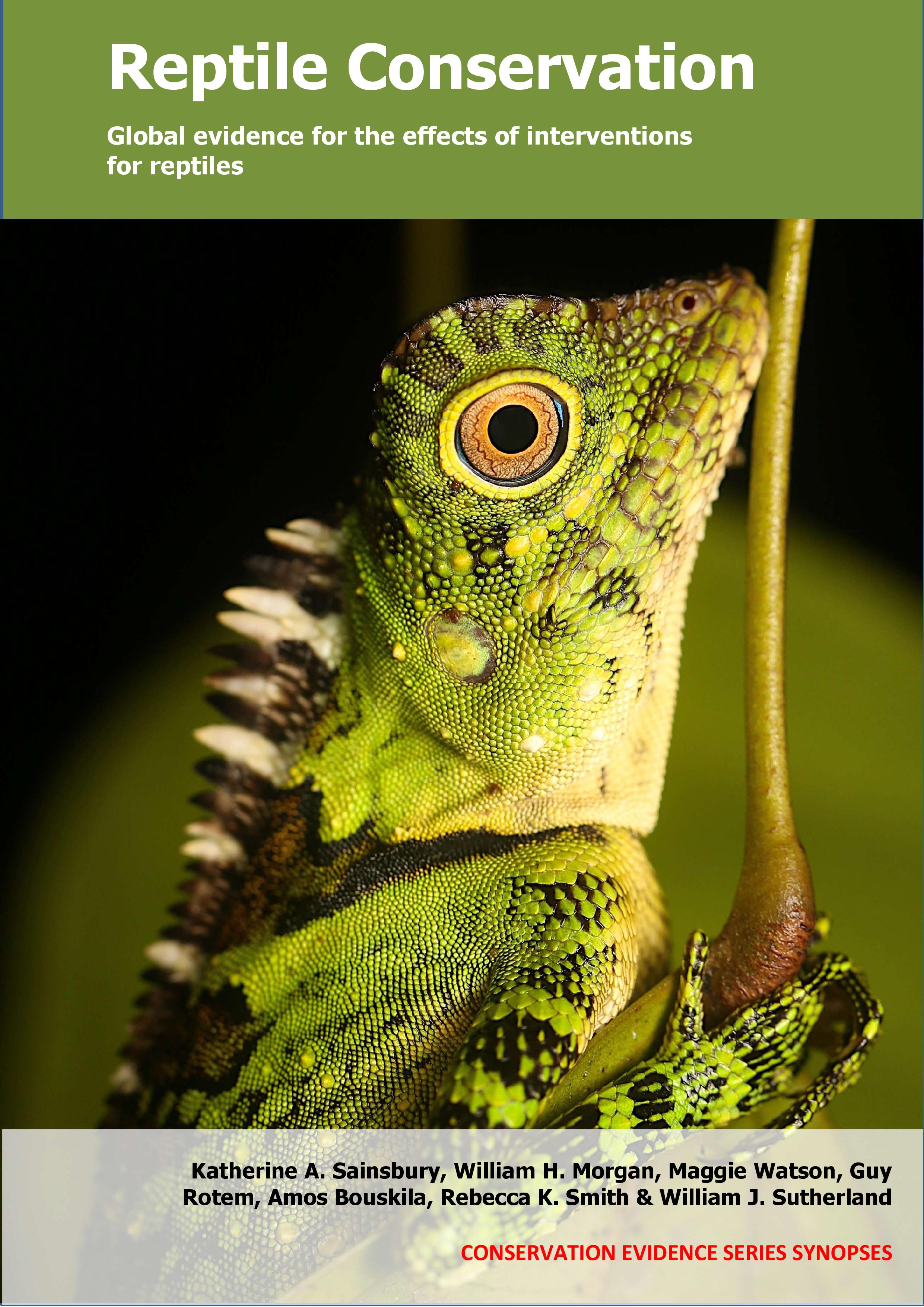Retain connectivity between habitat patches
-
Overall effectiveness category Awaiting assessment
-
Number of studies: 2
View assessment score
Hide assessment score
How is the evidence assessed?
-
Effectiveness
not assessed -
Certainty
not assessed -
Harms
not assessed
Study locations
Supporting evidence from individual studies
A replicated, site comparison study in 2002–2003 in forest in São Paulo state, Brazil (Dixo & Metzger 2009) found that forest fragments connected with forest corridors did not have greater lizard species richness or abundance than isolated fragments. Reptile species composition, richness, total abundance and abundance of leaf litter lizards Ecpleopus gaudichaudii were similar between connected (richness: 1–4 species, total abundance: 10–15 individuals, total leaf litter lizard abundance: 3–15 individuals) and isolated forest fragments (richness: 2–3 species, total abundance: 11–33 individuals, total leaf litter lizard abundance: 2–29 individuals), regardless of fragment size (species composition results reported as model outputs). Forest fragments (2–48 ha) in the Morro Grande Forest Reserve (~9,400 ha) were classified as connected with corridors (four small and four large fragments, corridors included were 25–100 m wide native vegetation) or isolated (three small and four large fragments). Lizards were surveyed along 100 m long transects using drift fences with pitfall traps (11 traps/transect) in January–February 2002 and December 2002–January 2003 (traps open for 16 days/site, lizards individually marked prior to release).
Study and other actions testedA site comparison study in 2012 in two sites of tropical dry forest in south-western Madagascar (Nopper et al. 2017) found that a site with hedges connecting different habitats had smaller differences in reptile communities than those without hedges, and that cultivated areas with hedges had more species than cultivated areas without hedges. The similarity of reptile communities in undegraded forest, degraded forest and cultivated areas was higher in the site with hedges than in the site without hedges (result reported as dissimilarity index). Nine species were found in cultivated areas with hedges (1–19 individuals) that were not found in cultivated areas with no hedges, whereas the opposite was true for only two species (1–3 individuals). Two sites were selected that contained undegraded forest, degraded forest and cultivated areas. In one site, hedges (2 m high, containing non-native Opuntia spp. and native vegetation) surrounded cultivated areas and bordered degraded forest. The other site had no hedges. Eight 100 m transects were established in each habitat, and all reptile species were recorded within 1.5 m of the transect line (10 surveys in February–April 2012). In cultivated areas transects followed field boundaries (hedges vs no hedges).
Study and other actions tested
Where has this evidence come from?
List of journals searched by synopsis
All the journals searched for all synopses
This Action forms part of the Action Synopsis:
Reptile Conservation
Reptile Conservation - Published 2021
Reptile synopsis





)_2023.JPG)














